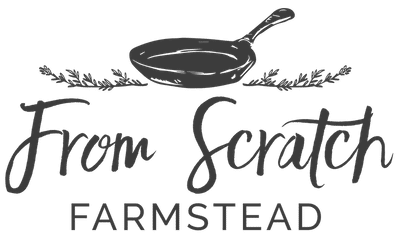What’s Possible on a Small Homestead?
You don’t need huge acreage to homestead on. But what’s possible on a small scale? Let’s look at examples of what you can grow on a small homestead and ways you can make income. The Case for the Small Homestead Homesteading has moved from the fringe to the mainstream. As so, many didn’t grow up…


